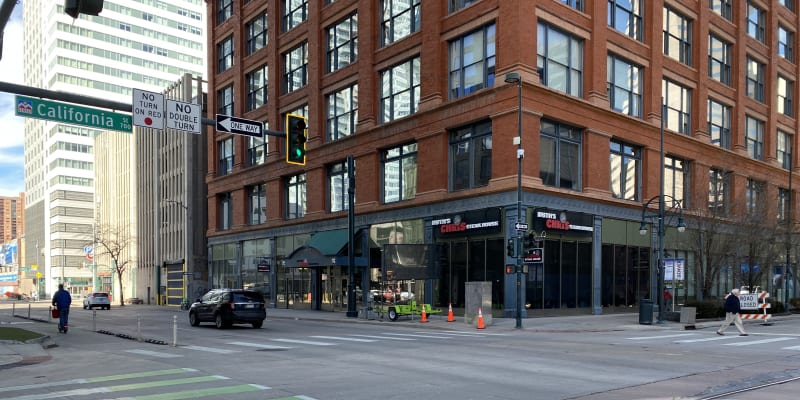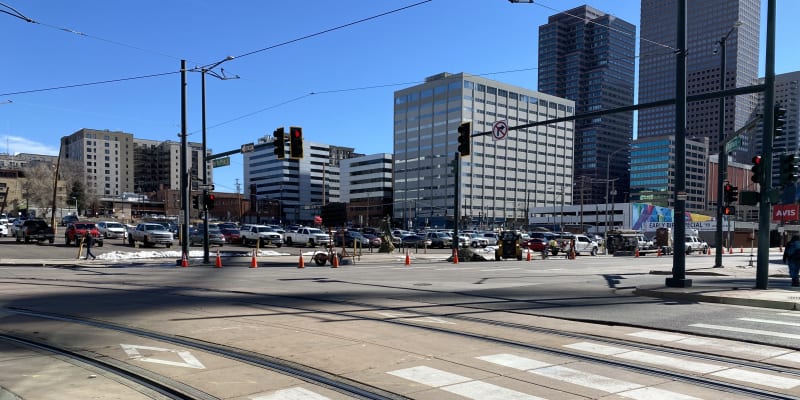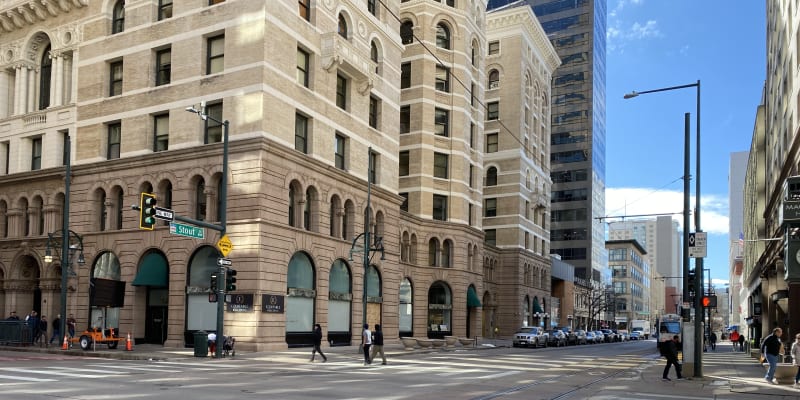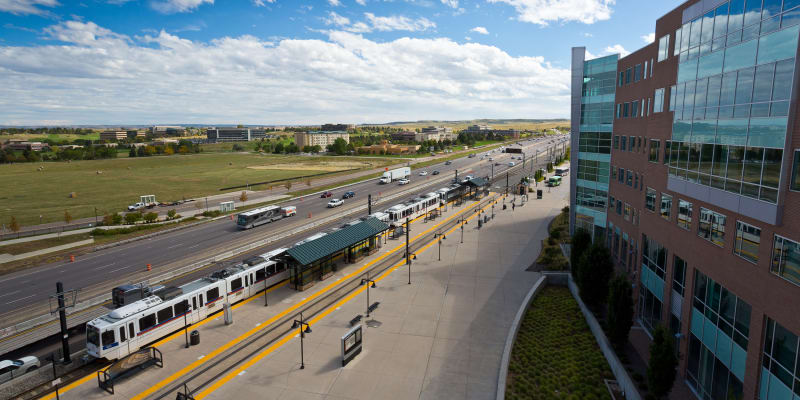Construction Engineering
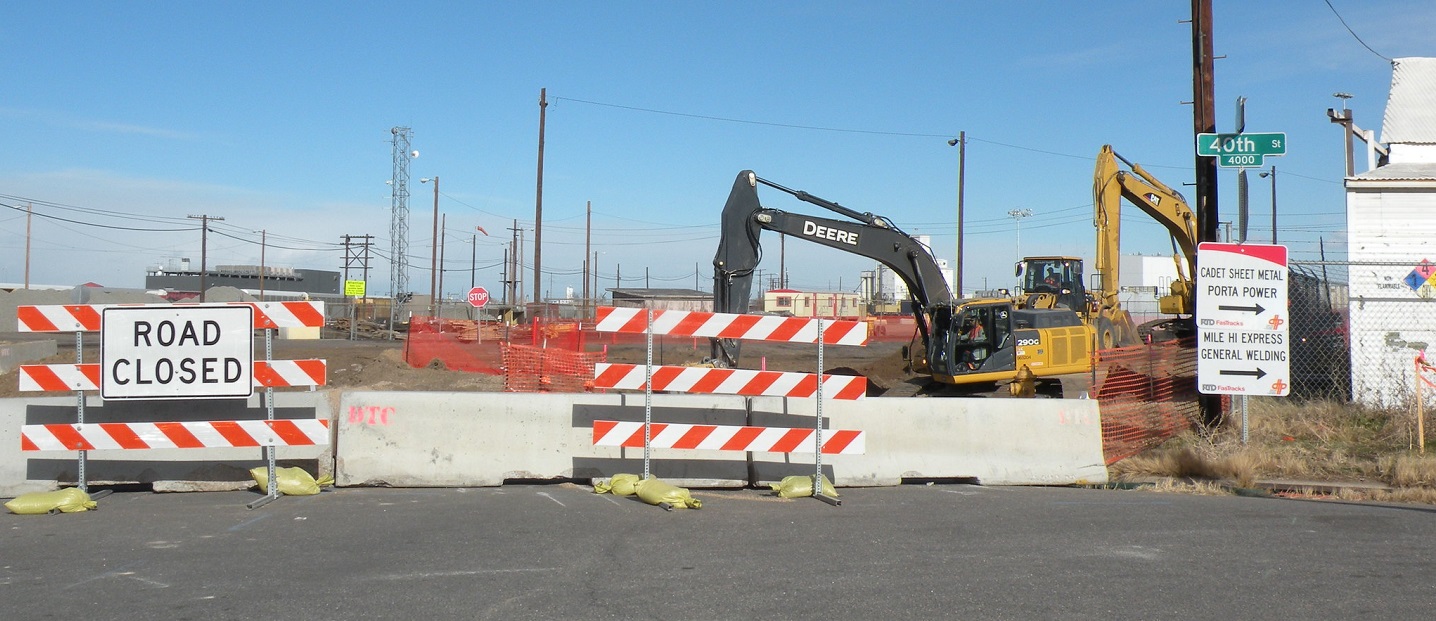
Construction Engineering
RTD places safety at the highest importance. RTD operates trains and buses throughout the District. All construction on or around RTD facilities must be carefully coordinated, legally licensed and properly permitted.
Doing Construction On/Across/Above/Below RTD Facilities?
RTD has specific required procedures you must follow, forms you must fill out and submit, safety training you must complete, agreements and permits you must acquire before entering or doing any work on/across RTD Facilities (including RTD property or Right-of-Way [ROW], buildings and grounds, Park-n-Rides [PnR], bus routes and stops, and rail corridors and stations).
Ask all your questions of RTD Engineering and RTD Utility Engineering after reviewing our website and before you dig.
RTD Engineering Phone Line: 303-299-2299
RTD Utility Construction Phone Line: 303-299-2811
RTD Engineering Staff is here to assist you with your Engineering/Design/Construction related questions.
Call UNCC (811) for Locates BEFORE you DIG.
Plan Ahead – RTD Review Process can take several months to complete and approval is NOT Guaranteed.
Before You Dig
Contact appropriate RTD departments and include the following specific information to define your work in every email or phone message before you address the body of your questions or requests:
- Company name (who the work is being done for)
- Location of your work (nearest major streets)
- RTD rail corridor or bus route nearest to your work
- Type of work (what are you installing, removing)
- Contact name, phone, and email
When emailing, please use detailed and specific subject headers. When leaving phone messages, please speak slowly and clearly especially if you are on a cellphone as your messages may not be delivered clearly to RTD. RTD receives many requests for work each day so the details you provide us upfront will help our staff locate your request quickly.
Quick Email Links:
- Email [email protected] for general engineering and construction questions
- Email [email protected] for utility engineering and construction questions
- Email [email protected] for utility license and agreement questions
- Email [email protected] for NorthMetro construction questions
- Email [email protected] for NorthMetro construction questions
- Email [email protected] for EAGLE (DTO) commuter rail access permit requests
- Email [email protected] for EAGLE (DTO) commuter rail construction questions
Construction in the District
In addition to RTD requirements for construction, work in the Regional Transportation District involves many jurisdictions with their own design, engineering, and construction sites. It is your responsibility to determine which jurisdiction construction and engineering requirements you need to meet.
Construction on Other Railroads
Featured Content
Resources
Related Articles
What Does Your Work Involve?
Step-by-Step Guide: Please Read All Sections below as Several Scenarios Apply to Most Projects
Digging on RTD Property/ROW and Across RTD Tracks
- You MUST start your application process by submitting a preliminary design to RTD Engineering for review.
- After RTD Engineering gives you the green light, you will start the official process by submitting an Agreement Request package to RTD Real Property Department. RTD Real Property will review your request package then route it to the appropriate RTD departments for review. This review process can take time and be delayed if the application package is missing information or if the design violates RTD criteria. Review the RTD Right-of-Way Access Permits here.
- After your design has been approved by all departments and only after RTD Real Property has executed an Approved Agreement for your project, you will need to apply for a permit to do work across RTD Tracks. RTD railroad corridors are owned/maintained by two different groups (Light Rail LRT and Commuter Rail CRT). Each group has its own unique procedure, application form, required training, and meetings. The location of your work will determine to which group you need to apply.
- Every worker on the job will need to take and successfully complete all appropriate railroad safety training classes.
Next, you will need to attend the corresponding light/commuter rail operations meeting. The details of your work are discussed, including worker safety and the need for flaggers, at these meetings. You will need to prove completion of applicable railroad safety training prior to or at these meetings. Only after receiving an approved permit may you begin work in accordance with that permit and the terms of the RTD Agreement.
Digging Across RTD Tracks (Not RTD ROW)
- You MUST start your application process by submitting a preliminary design to RTD Engineering for review.
- After RTD Engineering gives you the green light, you will start the official process by submitting an Agreement Request package to RTD Real Property department. Even if RTD does not own the ROW, RTD has rights to own and operate tracks in the ROW. Any work that encroaches or crosses RTD facilities needs to be coordinated with RTD Real Property group first. RTD Real Property will review your Request package then route it to the appropriate RTD departments for review. This review process can take time and can be delayed if the application package is missing information or if the design violates RTD criteria. Review the RTD Right-of-Way Access Permits here.
- After your design has been approved by all departments and only after RTD Real Property has executed an Approved Agreement for your project, you will need to apply for a Permit to do work across RTD Tracks. RTD Railroad corridors are owned/maintained by two different groups (Light Rail LRT and Commuter Rail CRT). Each group has its own unique procedure, application form, required training and meetings. The location of your work will determine to which group you need to apply.
- Every worker on the job will need to take and successfully complete all appropriate Railroad Safety training classes.
- Next, you will need to attend the corresponding Light/Commuter Rail Operations Meeting. It is at these meetings the details of your work are discussed, including worker safety and the need for flaggers. You will need to prove completion of applicable RR Safety Training prior to or at these meetings. Only after receiving an Approved Permit may you begin work in accordance with that Permit and the terms of the RTD Agreement.
Work Will be within 25 Feet of RTD Tracks
RTD requires railroad safety training for any work near RTD tracks. RTD’s visual corridors are just as important as RTD’s physical corridors for safe rail transit, so work near RTD tracks may impact RTD rail operations. When working near RTD tracks, consider reach and swing of construction equipment (overhead, at-grade and underground). RTD also maintains critical facilities key to safe operation of RTD’s rail corridors including traction power substations, overhead catenary systems, signal systems, track, and track rights of way such as rail beds and structures. These facilities, if damaged, can be dangerous to RTD train operations and dangerous to contractors if contacted by workers or equipment. Be aware, some RTD buried facilities are not contained between tracks or within fenced substation areas but occasionally run down and across local streets. RTD is expanding and our systems are everywhere.
Digging on RTD Property/ROW (No Tracks)
- You MUST start your application process by submitting a preliminary design to RTD Engineering for review.
- After RTD Engineering gives you the green light, you will start the official process by submitting an Agreement Request package to RTD Real Property department. RTD Real Property will review your Request package then route it to the appropriate RTD departments for review. This review process can take time and can be delayed if the application package is missing information or if the design violates RTD criteria. Review the RTD Right-of-Way Access Permits here.
- After your design has been approved by all departments and only after RTD Real Property has executed an Approved Agreement for your project, you will need to apply for a Building Grounds Access Permit (BGAP) to do work on RTD ROW thru RTD Facilities group. Review the RTD Facilities Access Permits here.
Work Will be Adjacent to RTD Property, ROW, or Facilities
Your work may indirectly impact RTD Property/ROW/Facilities. RTD reviews plans submitted to RTD from local jurisdictions to make sure adjacent construction projects will not adversely impact RTD property, ROW, or facilities. If your work may impact RTD, coordinate with the local Jurisdictions to submit your plans to RTD.
Access for Maintenance (No Digging)
- If your maintenance work is along or adjacent to an RTD light rail corridor with tracks, RTD requires a Light Rail Right of Way Access Permit.
- If your maintenance work is along or adjacent to an RTD commuter rail corridor with tracks, RTD requires a Commuter Rail Right of Way Access Permit.
- If your maintenance work requires access to RTD property with NO tracks, RTD requires a Building and Grounds Access Permit (BGAP) to authorize access for the work.
Work May/Will Affect Train Movement - Flaggers
RTD Rail Operations and RTD Maintenance of Way run a mandatory meeting to discuss impacts of your work on train operations, allocate flagger resources for work within 10 feet of RTD’s LRT, and issue permits allowing you to perform your work. RTDC-DTO Rail Operations is responsible for the same functions on all CRT rail rights of way. RTD requires flaggers to be present during all work within 10 feet of operating rail corridors, including all pre-work (e.g., surveys, potholes, or mobilization of equipment). If more than one railroad is located in the vicinity of your work, you will need to arrange in advance for separate approved flaggers specific to each railroad. BNSF/UPRR approved flaggers do not fulfill RTD’s flagging requirements.
Work May/Will Affect Bus Movement - Traffic Control and Detours
Contractors need to coordinate all work along bus routes and/or near bus facilities with RTD Bus Operations. RTD Bus/Street Operations coordinates and prepares updates of bus routes and detours affected by disruption of services due to construction, special events, and emergencies. RTD works closely with law enforcement, jurisdictions, public works departments, and municipalities to review construction design, traffic control plans, lane closures, and detours to minimize impacts to bus operations.
Work May/Will Affect Drainage
RTD Engineering is responsible for the design and maintenance of all RTD’s drainage facilities. This function includes drainage ditches, detention ponds, culverts, drainage structures, underground pipes, and control of surface run-off across RTD’s tracks, ROW, Park-n-Rides, bus stops, and other facilities.
Work Involves Installing a Utility
RTD Engineering and RTD Systems are responsible for the location and design of RTD-owned utilities. Included in this function are traction power substations, overhead catenary systems, underground electric and communication ducts, signal systems, track underdrains, utility corridors, water, sanitary sewer, and storm drain pipes. Installation of utilities adjacent to, on, or across RTD ROW/facilities is a safety concern and requires an additional specific procedure before access permits for work can be obtained.
More Information
For RTD Criteria, Procedure Manuals, and Standard Drawings
Land development adjacent to RTD facilities or property is reviewed by RTD Engineering, which comprises several disciplines.
Engineering Design